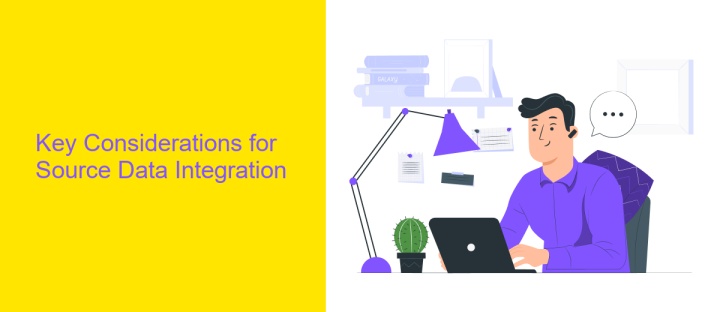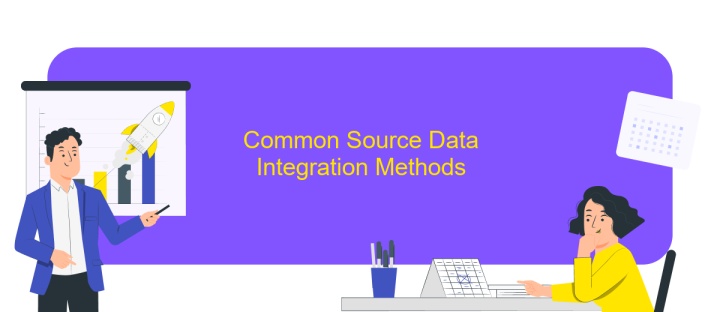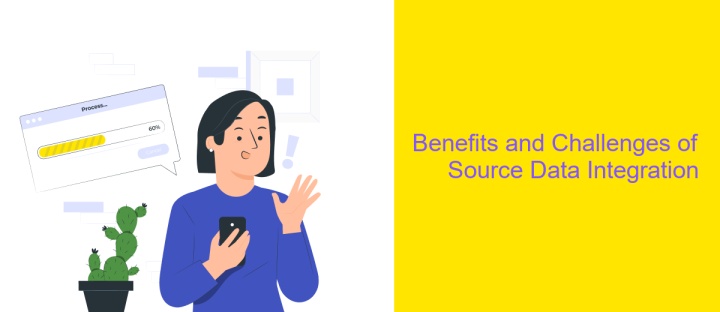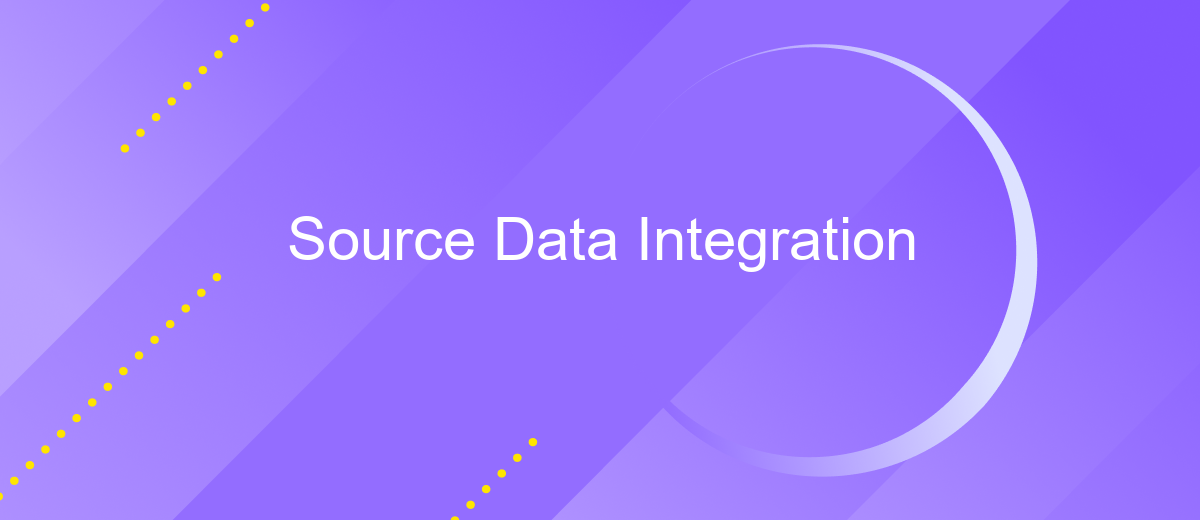Source Data Integration
In today's data-driven world, source data integration plays a pivotal role in ensuring seamless data flow across diverse systems and platforms. By consolidating data from multiple sources, organizations can achieve a unified view, enabling more informed decision-making and enhanced operational efficiency. This process not only reduces data silos but also improves data accuracy and accessibility, ultimately driving business innovation and growth.
Understanding Source Data Integration
Source data integration is a crucial process that involves consolidating data from various origins into a unified format, enabling seamless access and analysis. This integration is essential for organizations aiming to leverage diverse data sets to gain comprehensive insights and make informed decisions. By harmonizing disparate data sources, businesses can enhance data quality, reduce redundancy, and ensure consistency across their systems.
- Improves data accessibility by centralizing information from multiple sources.
- Enhances data quality through standardization and cleansing processes.
- Facilitates real-time data analysis and reporting for better decision-making.
- Reduces data redundancy by eliminating duplicate entries across systems.
- Supports compliance and regulatory requirements by maintaining data integrity.
Effective source data integration requires robust strategies and tools that can handle diverse data formats and volumes. Organizations often employ ETL (Extract, Transform, Load) processes to streamline data integration, ensuring that data is accurately extracted, transformed into a usable format, and loaded into target systems. As businesses continue to evolve, the importance of efficient data integration grows, driving innovation and competitive advantage in the digital age.
Key Considerations for Source Data Integration

When integrating source data, it is crucial to ensure data quality and consistency. This involves validating data formats, eliminating duplicates, and ensuring that data from different sources align correctly. Data governance policies should be in place to manage data privacy and compliance with regulations like GDPR. Additionally, understanding the data's origin and its intended use can help in designing an efficient integration process that minimizes data loss and errors.
Another key consideration is the choice of integration tools and platforms. Opting for a reliable solution like ApiX-Drive can streamline the integration process. ApiX-Drive offers a user-friendly interface and robust automation capabilities, allowing seamless data flow between various applications. It supports numerous data sources and provides real-time synchronization, ensuring that your data is always up-to-date. Evaluating the scalability, flexibility, and support services of the integration tool is essential to accommodate future data growth and evolving business needs.
Common Source Data Integration Methods

Integrating source data is crucial for organizations aiming to consolidate information from diverse origins into a unified system. This process enhances data accessibility, quality, and consistency, enabling better decision-making. Several methods are commonly employed to achieve efficient source data integration, each with its unique advantages and use cases.
- ETL (Extract, Transform, Load): This traditional method involves extracting data from various sources, transforming it into a suitable format, and loading it into a target system. It is ideal for batch processing and structured data.
- ELT (Extract, Load, Transform): Similar to ETL, but data is first loaded into the target system and then transformed. This approach takes advantage of the target system's processing power, making it suitable for large data volumes.
- Data Virtualization: This method provides real-time access to data without physical movement, allowing users to query and integrate data from multiple sources as if it were in a single location.
- API Integration: Using APIs to connect different systems allows for real-time data exchange and integration, supporting dynamic and flexible data interactions.
Choosing the right integration method depends on the organization's specific needs, data volume, and existing infrastructure. By selecting the appropriate approach, businesses can ensure seamless data flow and improved operational efficiency.
Benefits and Challenges of Source Data Integration

Source data integration is a crucial process that enables organizations to consolidate data from diverse origins into a unified system. This integration facilitates seamless data flow, enhancing decision-making, and operational efficiency. By unifying disparate data sources, businesses can gain a comprehensive view of their operations, leading to more informed strategic decisions.
However, integrating source data comes with its own set of challenges. One of the primary issues is ensuring data quality and consistency across different systems. Additionally, the integration process can be time-consuming and may require significant technical expertise. Security concerns also arise as sensitive data is transferred between platforms.
- Improved data accuracy and consistency
- Enhanced decision-making capabilities
- Streamlined business processes
- Potential cost savings from reduced data redundancy
Despite these challenges, the benefits of source data integration can significantly outweigh the drawbacks. Organizations that successfully implement integration strategies can achieve a competitive edge by leveraging comprehensive data insights. As technology advances, the integration process is expected to become more efficient, reducing the barriers to adoption for many businesses.
- Automate the work of an online store or landing
- Empower through integration
- Don't spend money on programmers and integrators
- Save time by automating routine tasks
Best Practices and Future Trends
To effectively manage source data integration, it is crucial to adhere to best practices such as ensuring data quality and consistency, employing robust data governance frameworks, and utilizing scalable integration technologies. Leveraging automation tools like ApiX-Drive can streamline the integration process, reducing manual errors and enhancing efficiency. ApiX-Drive offers a user-friendly interface that supports seamless connectivity across various platforms, making it an invaluable asset for businesses aiming for synchronized data flow.
Looking ahead, the future of source data integration is likely to be shaped by advancements in artificial intelligence and machine learning. These technologies promise to enhance predictive analytics and automate decision-making processes, leading to more intelligent and adaptive integration solutions. Additionally, the growing adoption of cloud-based services will further facilitate real-time data integration, enabling organizations to respond swiftly to market changes. Staying abreast of these trends will be essential for businesses to maintain a competitive edge in an increasingly data-driven world.
FAQ
What is Source Data Integration?
Why is Source Data Integration important for businesses?
What challenges are commonly faced in Source Data Integration?
How can businesses automate Source Data Integration processes?
What best practices should be followed for effective Source Data Integration?
Do you want to achieve your goals in business, career and life faster and better? Do it with ApiX-Drive – a tool that will remove a significant part of the routine from workflows and free up additional time to achieve your goals. Test the capabilities of Apix-Drive for free – see for yourself the effectiveness of the tool.


